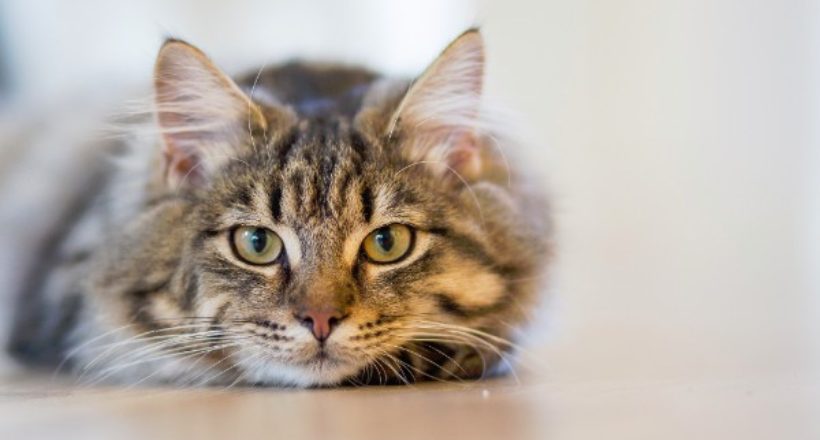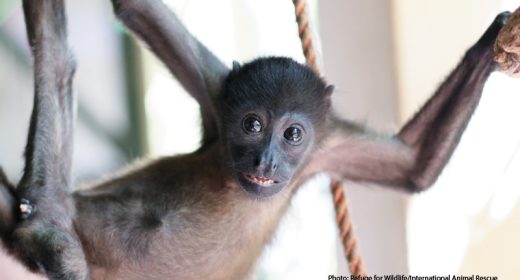
A short view on some infectious cat diseases
- DEC 29, 2016Warning: count(): Parameter must be an array or an object that implements Countable in /home/howlermag/public_html/old/wp-content/themes/new-paper/includes/general.php on line 193

Feline Leukemia Virus (FeLV), vaccination available.
Besides the extensive use of vaccination, this might still be the most common disease that causes death in cats. It is a virus (Retrovirus) from the Oncovirinae family. The most important symptom related to this disease is the capacity of causing tumors, but depending on the group of the Leukemia Virus: A, B or C, it can also cause anemia and erythroid hypoplasia. The viremia can be present 2-4 weeks after infection. The acute phase will be 2-6 weeks after this infection and is hard to detect. Usually the symptoms are: fever, lethargy, lymphatic nodes enlargement and cytopenia. In 70% of the adult cats the viremia and virus spreading are transitory and it can last 1-16 weeks. Some cats might continue spreading the virus through months even if the viremia is gone and be asymptomatic. It is transmitted through the body fluids from one cat to another. 30% of the cats exposed to FeLV, do not get a good immune response and will remain permanently viremias and will die. Vaccinated cats will have a low risk of getting ill.
Feline Immunodeficiency Virus (FIV)
This disease is caused by a virus called lentivirus from the Retroviridae family. Sometimes it is referred to as feline AIDS. The infected cats can show symptoms for years after the initial infection occurred. This virus is slow acting, but the cat’s immune system is severely weakened once the disease takes hold. The symptoms are what have to be treated. In our casuistic we found digestive disorders, mostly diarrheas and respiratory infections, other symptoms are: fever, weight loss, anemia, conjunctivitis, gingivitis, poor appetite, enlarged lymph nodes, skin redness, sneezing, frequent urination and behavior change. Cats must be kept indoors in order to reduce the risk of exposure to agents. The transmission is mostly passed from cat to cat through deep bite wounds, that is why we suggest to spay/neuter at early ages, avoiding future fights between cats . Another way of transmission is mother cat to kitten, but it is less common.
Feline Infectious Peritonitis (FIP)
This is one of the slow acting viral diseases. It can cause inflammation in several different organs. It can result in illness and death. In our casuistic, huge abdomen enlargement, ascites and dead have been found. The main symptom has been problems with breathing, due mostly to the ascites (acumulus of fluids in the abdomen), reducing the possibility of the lungs at the thorax to expand properly.
Feline Calicivirus (Vaccination available), Feline Herpesvirus (FVR) and Chlamydophila
These are the most common agents that affect the upper respiratory systems. Inflammation, discharge, ulcers and swelling occur in the eyes, nose and mouth.
Bordetella and Mycoplasma
This two agents attack mostly the lower airways: trachea and lungs. The cat may have trouble breathing and make a rear noise when it meows.
Feline Panleukopenia/enteritis/parvovirus or Feline Distemper (Vaccination available)
This is an acute, severe and highly contagious disease primarily of kittens and unvaccinated older cats. FPL, affects all body tissues, especially the digestive tract, and is characterized by acute vomiting, diarrhea, dehydration, depression and commonly death.
Dr. Gilberth Cavallini
Dr. Leticia Cajal









